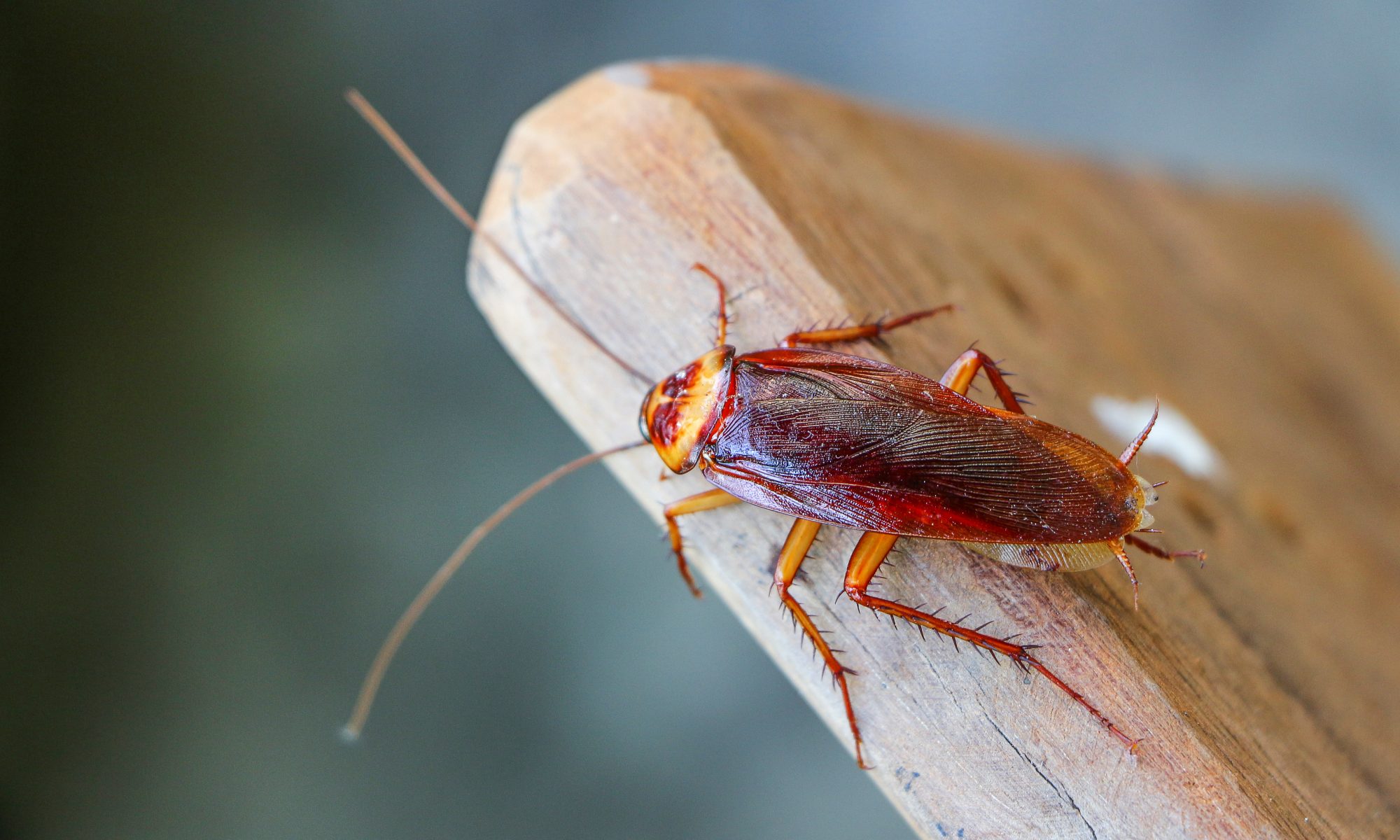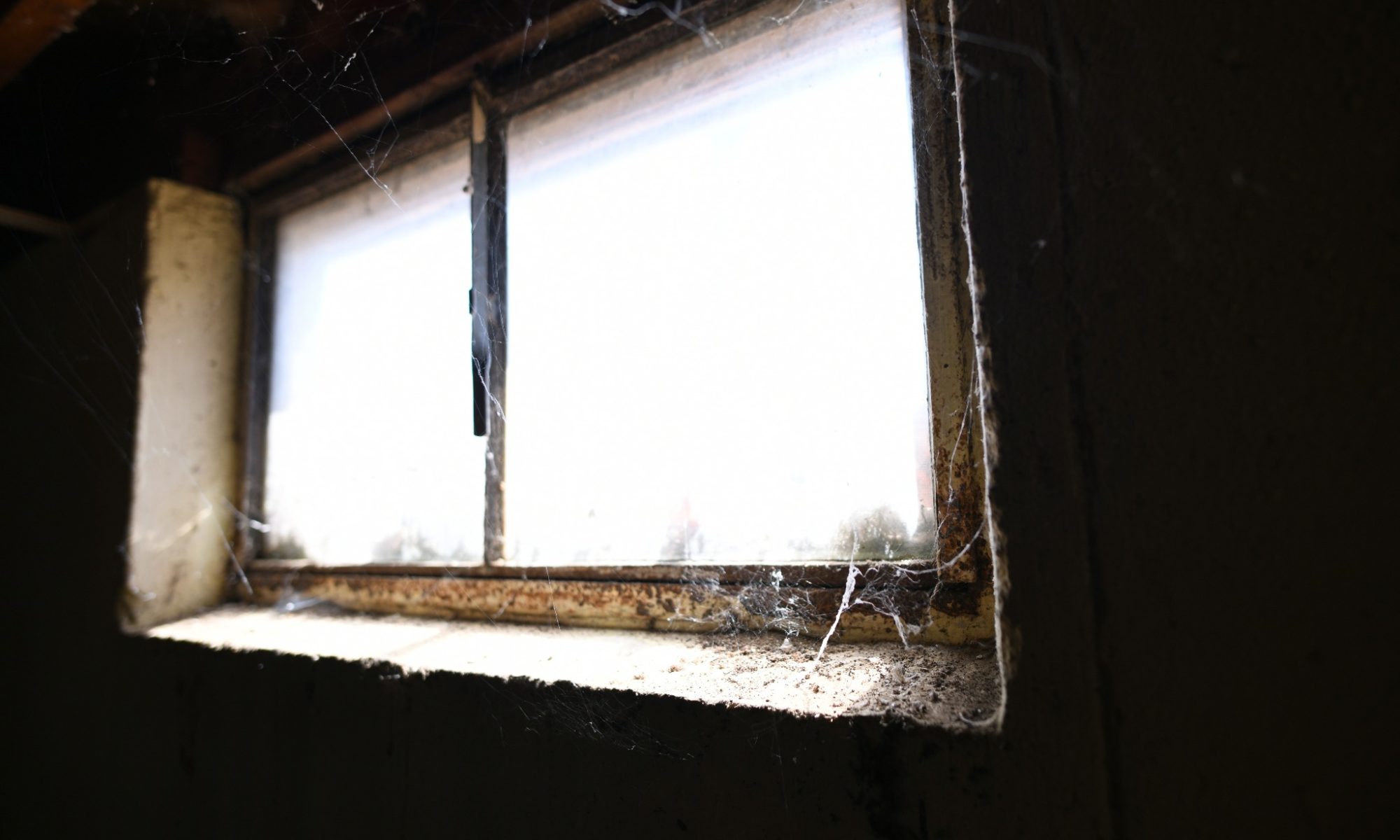
What do you do if you see basement bugs? Instinct might say “sell the house!” but good news: you have less drastic solutions available.
Let’s look at what kinds of bugs you might find downstairs and how to prevent and eliminate these pest problems.
Like pill bugs, some might be annoying, while others, like termites, could damage your home.
If you are unsure if you have bugs in your basement, call the experts. Reach out to Environmental Pest Management for a free quote today.
What Basement Bugs Might Homeowners See?
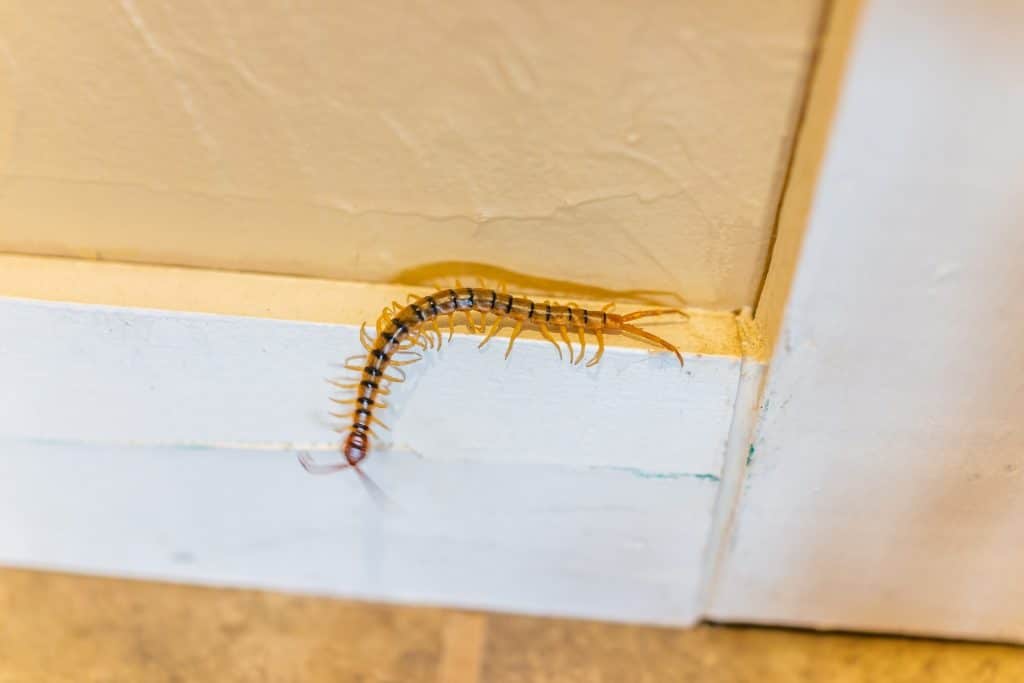
You might not see any if you don’t look quickly when you click on the lights! Basement bugs scooch out of sight because most prefer places that are dark and damp.
Here are the usual suspects:
- Earwigs and spiders
- Termites and carpenter ants
- Pillbugs and sowbugs
- Centipedes and millipedes
- Camel crickets and cockroaches
Let’s look at who’s on the lineup for pest control services.
Earwigs and Spiders
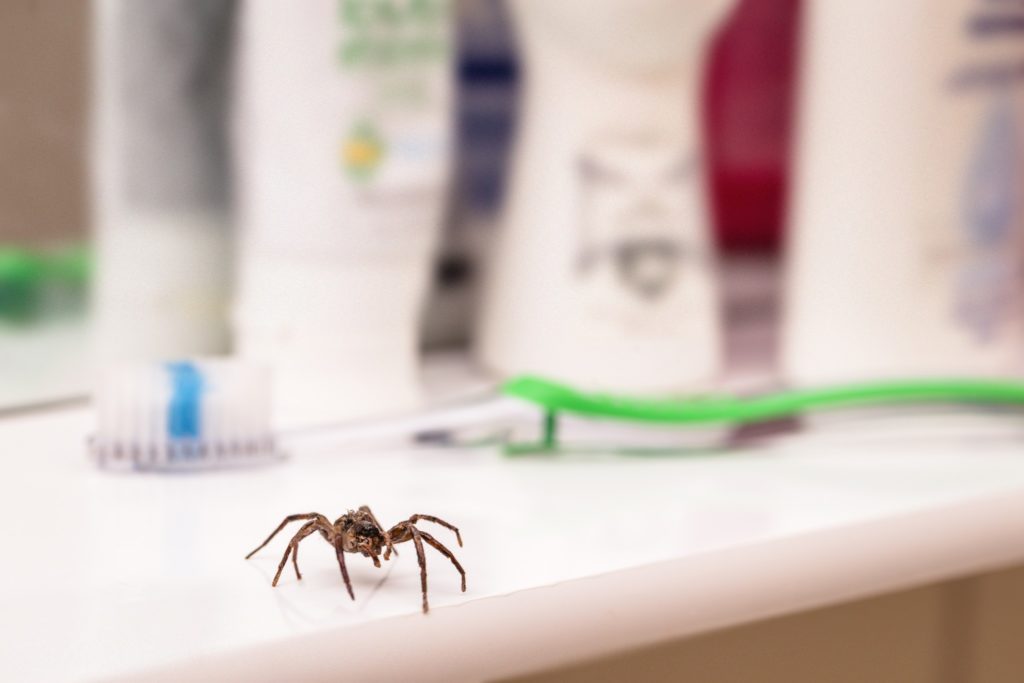
Earwigs are also called pincer bugs because of the pincers they use to fight other earwigs. They may appear scary but are rarely harmful to humans.
They like being outside where they can feast on decaying plant matter. They may have accidentally hitchhiked to your basement in boxes or come in an unsealed crack.
With their trademark eight legs (instead of the buggy six), spiders are not insects. Their presence may still bug you, though! Like earwigs, they look frightening to many people and are undesirable visitors.
Termites and Carpenter Ants
In Minnesota, we’re more likely to deal with dry wood than subterranean termites, but both do show up here.
Termites are not directly dangerous to you and your family, but they can cause significant harm to your home.
Carpenter ants might bite you, but again, the biggest trouble with them is they’re likely to damage structures. Professional pest control will evict these unwelcome wood destroyers.
Pill Bugs and Sowbugs
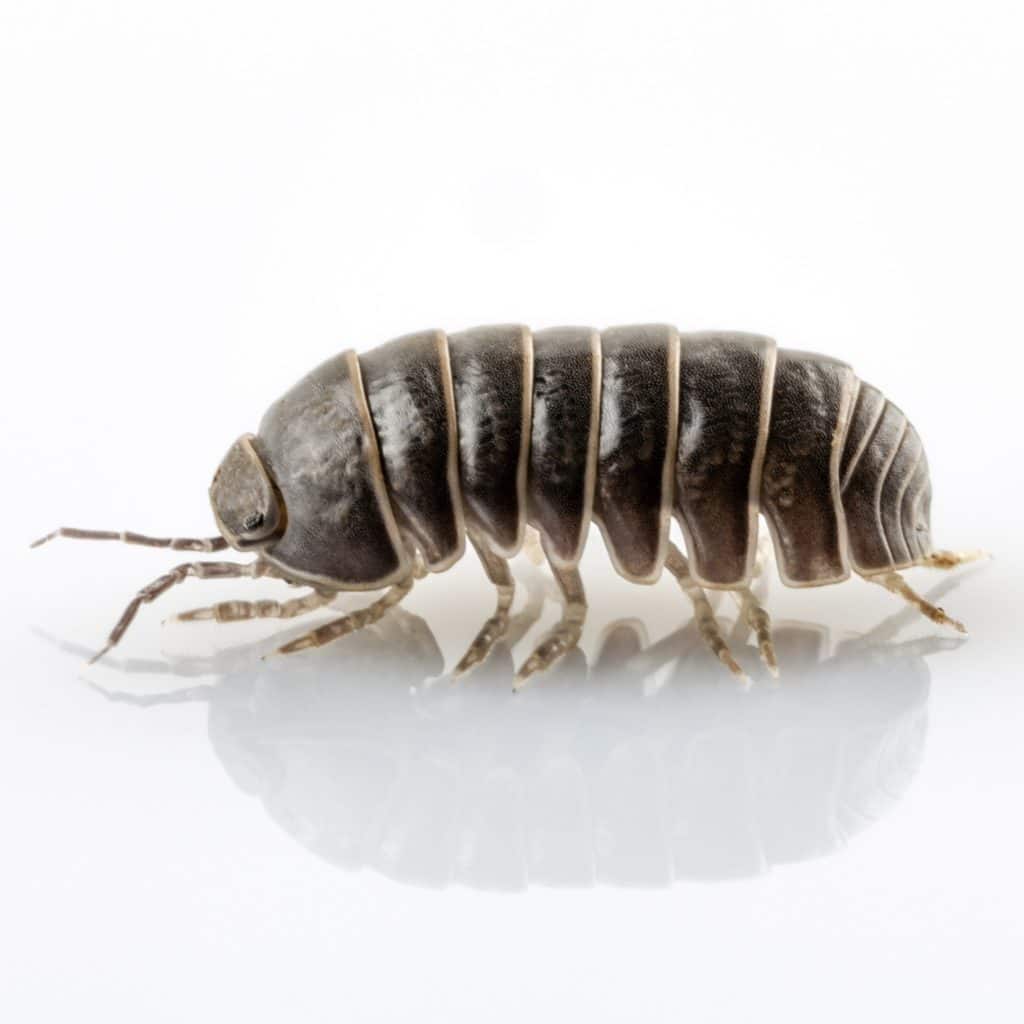
You may have fun childhood memories of pillbugs as the roly-poly bugs that ball up when touched. Sowbugs look similar but don’t roll into balls.
These bugs are not scientifically insects. Instead, they are crustaceans related to their water cousins like crawdads and lobsters.
As land-dwelling crustaceans, pillbugs and sowbugs need reliable moisture sources to survive.
Centipedes and Millipedes
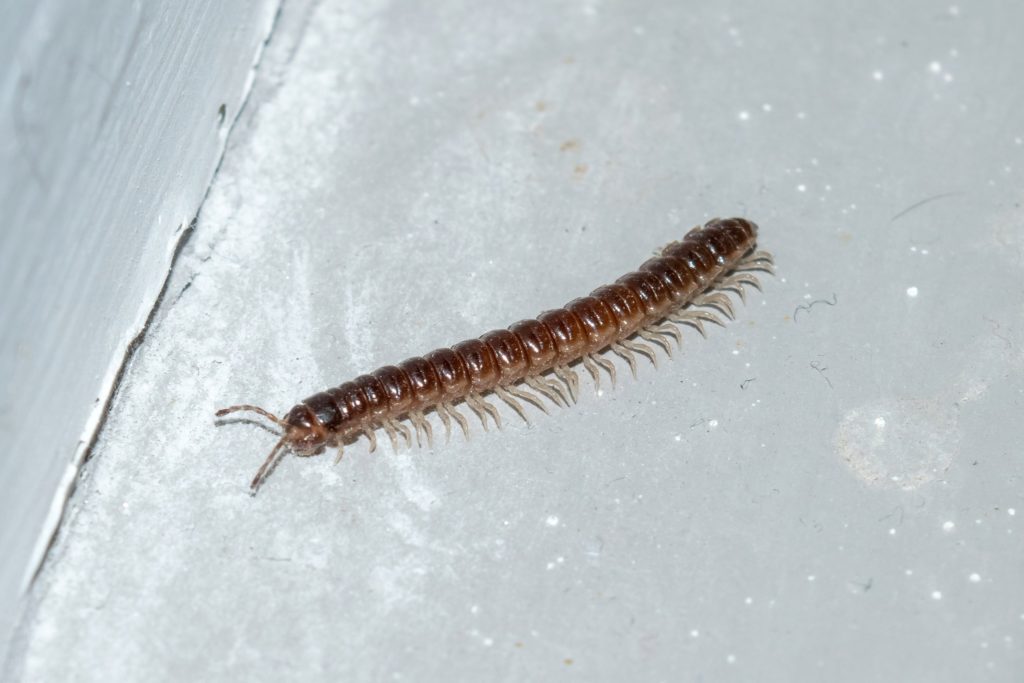
Centipedes have 30 legs, not a hundred as their name might suggest. Likewise, millipedes don’t have a thousand legs but do have up to 90.
Both come inside buildings seeking warmth.
Millipedes won’t usually live long indoors. They may produce a foul-smelling liquid in self-defense. Avoid touching them as this can be irritating to bare skin.
Centipedes are an ally in that they eat other pests like spiders and flies. Even so, they can bite, so avoid contact with them.
If you see centipedes, let it be a red flag that other basement bugs likely need removal.
Camel Crickets and Cockroaches
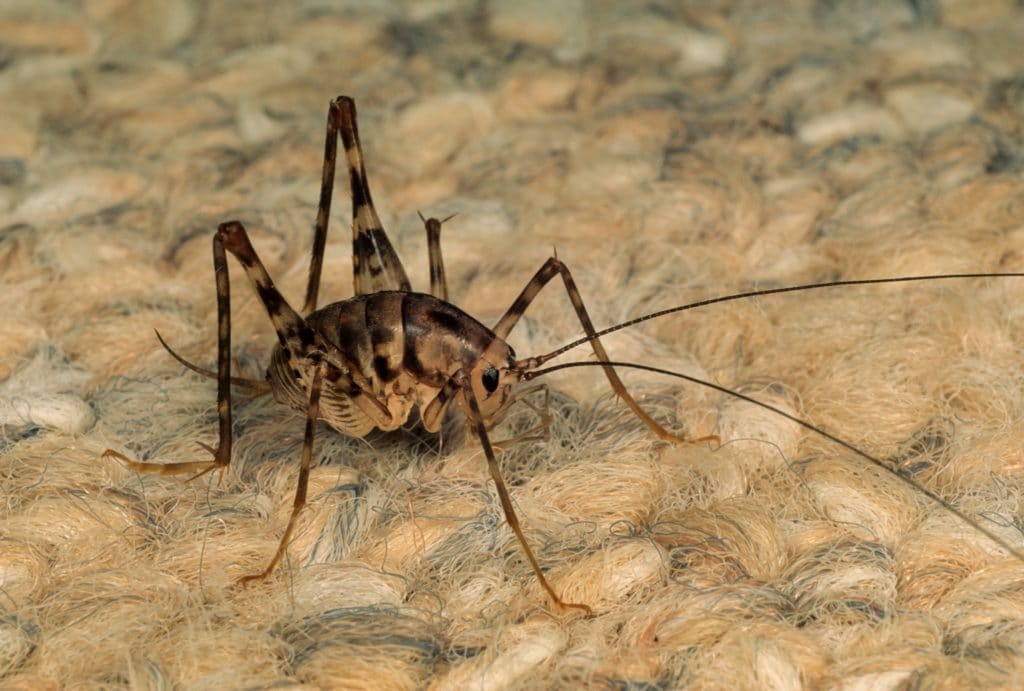
Camel crickets have a humpback shape for which they’re named. You won’t hear camel crickets as they don’t make chirps. They do jump, so watch out!
Cockroaches are winged red-brown oval-shaped bugs about an inch or longer. They don’t bite often but can transmit diseases.
You may see their feces or eggs before you see them. They’re also foul-smelling, so their odor may give them away too.
What Keeps the Bugs Out?

Take these steps to reduce the number of basement bugs that make their way inside.
Block Their Entry Point
Basement bugs use nearby brush and debris as bridges from their natural outdoor environment into your home. Keeping the foundation cleared helps deter them.
Clean the perimeter as the first line of defense.
Seal Cracks and Crevices
Get out your caulk gun and go hunting to seal any cracks you find. All of these basement bugs will take advantage of tiny openings.
Remove Their Food Source
Removing leaves and decaying garden matter from nearby your home will shut down the outdoor bug buffet.
Inside your basement, keep your food stored on shelves in sealed containers. This will prevent your food from becoming theirs!
Eliminate Moisture
Water is the enemy of housing structures. Ensuring a dry building helps your home itself and keeps it unwelcoming to basement bugs.
Many bugs like centipedes need dark and damp habitats to survive. Making your basement light, bright, and dry will be comfortable for you and hostile to pests.
Audit the pipes and plumbing in your downstairs rooms and crawl spaces to confirm there are no leaks. Fix any drips or condensation problems.
How Do You Get Free of Basement Bugs?
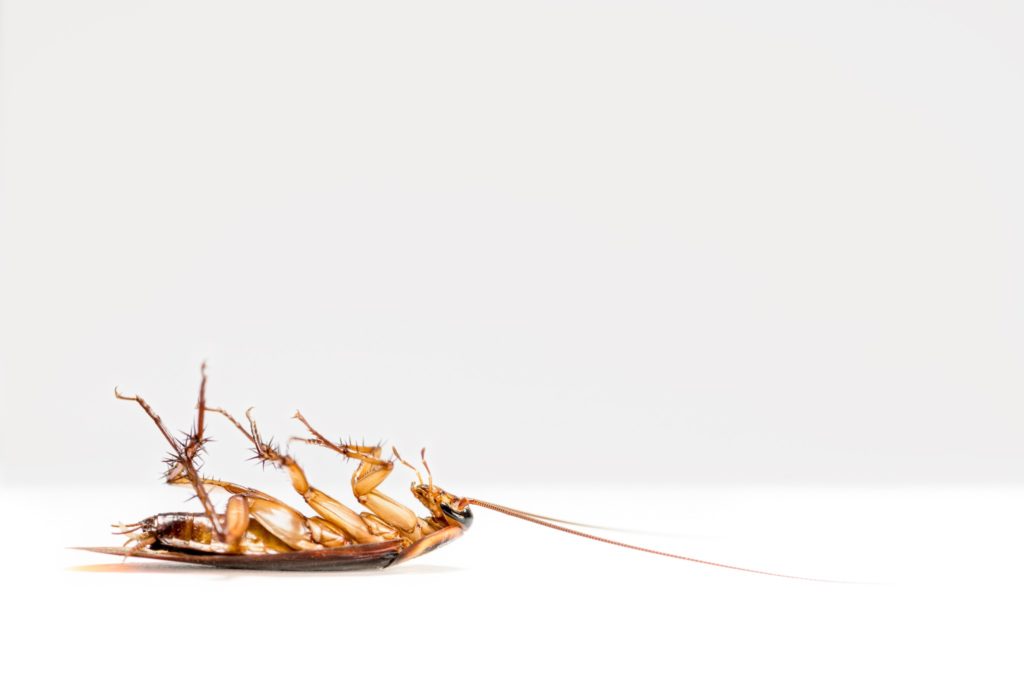
After you’ve taken measures to secure your home, you may still discover basement bugs.
Catch and Release
If you feel inclined, you can escort the trespasser off-premises. Cover it with a clear glass container and slide a piece of firm paper or cardstock underneath.
Take care if you try this approach, as some basement bugs do bite or pinch! Cautiously carry the covered critter outside and release it far away from your home.
License to Kill
Of course, this is your home, and you can kill basement bugs at will! There are some simple weapons to use against them.
Boric acid powder works to kill the invaders.
You can keep a spray bottle of water and rubbing alcohol and fire a shot of this at bugs you find. Label the sprayer to prevent misuse, and store it away from children.
Vacuum up basement bugs for handy removal. Empty the bag or canister to be sure they and any viable eggs leave from your home.
Call Professional Pest Control

If you see something scurry, there’s no need to worry! We have decades of experience identifying and removing pests and infestations.
We use Integrated Pest Management, so if we can choose non-chemical control, we do. We come to your home to clear it of pests and keep it safe for you and your family.
Call the bug busters at Environmental Pest Management for a free consultation or more information today. We’re ready to relieve you! Say goodbye to “ughs” over basement bugs!

